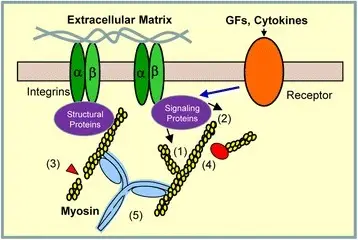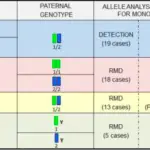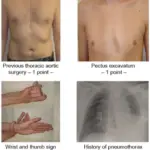Disorders associated with defects in structural proteins may be caused by incorrect protein folding.
What are Disorders Associated with Defects in Structural Proteins?

Focal adhesion formation, actin dynamics and actomyosin activity in motile cells. Engagement of integrins with the extracellular matrix recruits structural proteins (talin, vinculin, ILK, PINCH, parvins, α-actinin, etc.) and signaling proteins (Cdc42, c-Abl, cortactin, FAK, paxillin, Abi1, etc.) to the near integrin region, which promotes focal adhesion formation (see detailed molecular interactions at focal adhesions in reference [2]). Signaling proteins activate N-WASP and the Arp2/3 complex, which induce actin filament branching (1). Activation of profilin-1, VASP and mDia promotes actin filament elongation (2). Activation of gelsolin and cofilin results in actin filament severing and depolymerization (3). GMF-γ promotes actin filament debranching (4). Myosin light chain phosphorylation triggers actomyosin activity and leads to cell contraction (5). Soluble cues activate receptors (e.g. growth factor receptors, cytokine receptors) and signaling proteins, which promote actin filament polymerization and focal adhesion assembly (See details in text). GFs, growth factors. The roles and regulation of the actin cytoskeleton, intermediate filaments and microtubules in smooth muscle cell migration. Respiratory Research. Not Altered. CC.


